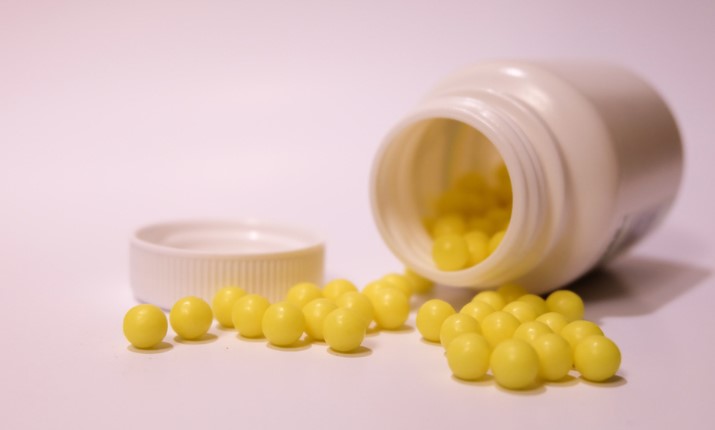Stable Micelle Drug Formulations
Method for producing stable, concentrated drug micelles that reduce or eliminate surfactants from drug formulations.
Hydrophobic drugs comprise a substantial proportion of all pharmaceutical compounds in use today. These drugs have limited solubility in water. There are numerous strategies for addressing solubility; however, for many compounds that are yet more difficult to dissolve, more extreme excipient strategies are required. These frequently involve formulations formed from surfactants and non-aqueous solvents. Non-ionic surfactants such as Cremophor EL are commonly used for parental formulations but induce negative side-effects including anaphylactic hypersensitivity and neurotoxicity. Non-aqueous solvents have potential to cause hemolysis and in the case of oils, pulmonary micoembolisms.
This invention is based on the observation that diverse hydrophobic drugs can self-assemble into "frozen" drug micelles when contacted with a block-copolymer such as a Pluronic block copolymers. Low-temperature processing subsequently enables removal of 99.9% or all of the excipient, leaving pure "frozen" micelles that can be concentrated as desired. The remaining Pluronic is incorporated into the micelles and keeps them dispersible with drug:excipient ratios as high as 40:1, orders of magnitude greater than existing systems. This approach was validated for common hydrophobic drugs formulations, such as phylloquinone, cyclosporine, testosterone undecanoate, cabazitaxel, propofol, Vitamin K, and docetaxel.
 Source: astrydmad, https://stock.adobe.com/uk/189530120, stock.adobe.com
Source: astrydmad, https://stock.adobe.com/uk/189530120, stock.adobe.com
- Drug to excipient ratio 2-3 orders of magnitude greater than existing formulations
- Scalable formulation
- Formed only from clinically-used and GMP-available materials
Formulation and delivery of hydrophobic drugs.
U.S. Patent 9,757,334 issued 9/12/2017.
Formulation demonstrated with propofol, Vitamin K, cyclosporine and docetaxel.
Available for licensing.
Nature Communications May 19, 2016
Patent Information:
| App Type |
Country |
Serial No. |
Patent No. |
Patent Status |
File Date |
Issued Date |
Expire Date |
|